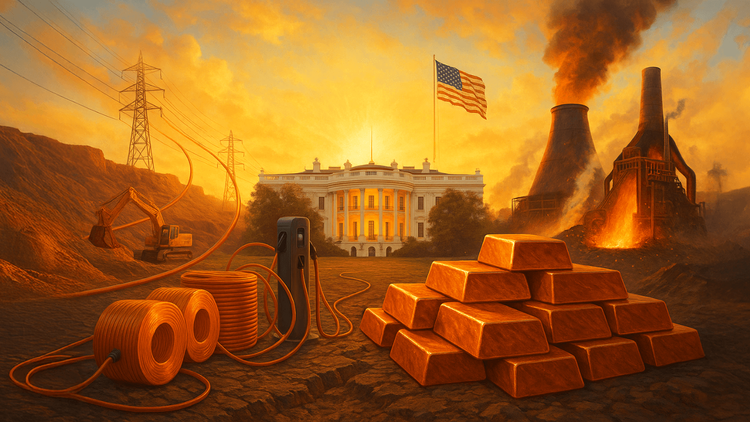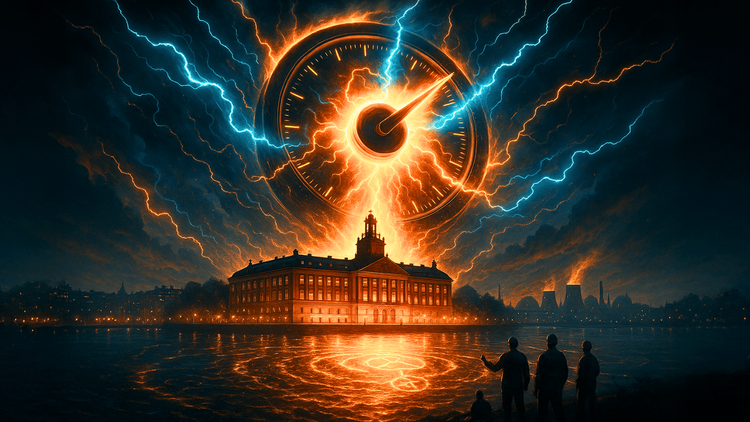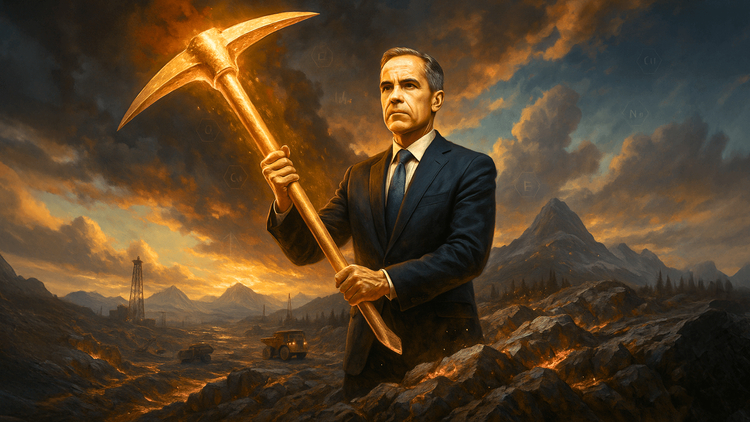From Frothy to Flat: Starbucks Takes a Spill on Earnings Miss
Earnings miss, customer drop-offs, and China headwinds spark steep sell-off — can Niccol's turnaround plan caffeinate the stock?

Starbucks just delivered a bitter brew to Wall Street.
Shares of the global coffee giant tumbled as much as 9% in premarket trading following a second-quarter earnings miss that rattled investor confidence and cast serious doubt over CEO Brian Niccol’s much-hyped turnaround plan. The report wasn't just underwhelming — it revealed fundamental cracks in Starbucks’ U.S. operations and ongoing uncertainty in its key international market, China.
Same-store sales in the U.S. fell for the fifth straight quarter, down 2%, as budget-conscious consumers increasingly opted for cheaper alternatives. While Wall Street had expected a slight dip of 0.3%, the steeper decline underscored the growing pressure Starbucks is facing from competitors like McDonald’s and Dunkin’. Customers are visiting less frequently — transactions slid 4% year-over-year — though those who did stop by spent more, with average ticket size up 3%. It’s a trend that suggests the loyalists are holding on, but casual coffee drinkers are drifting elsewhere.
The financial pain was just as evident in the company’s topline numbers. Starbucks posted adjusted earnings per share of $0.41, well below analysts’ expectations of $0.49. Revenue also missed, coming in at $8.76 billion instead of the $8.83 billion forecast. But perhaps the most alarming data point? A 50% drop in quarterly profit year-over-year, plunging to $384 million. That’s not just a miss — it’s a warning flare.
Margins, too, took a hit. The company’s adjusted operating margin came in at 8.2%, shy of the 9.5% anticipated by analysts. That means Starbucks is making less money per dollar of sales than many expected — a red flag for a company that has long prided itself on operational efficiency and pricing power.
CEO Brian Niccol, who took the helm last fall after his high-profile jump from Chipotle, didn’t sugarcoat the numbers. “Our Q2 results are disappointing,” he said on the earnings call. But he was quick to defend the broader vision. “Behind the scenes, we made a lot of progress and have real momentum with our 'Back to Starbucks' plan.” That plan includes streamlining the menu, speeding up service, and refocusing on core coffee offerings — essentially getting back to basics after years of trying to be everything to everyone.
Yet, Wall Street isn’t buying into the optimism — not yet, anyway. The reality is that Starbucks' U.S. business, once its golden goose, is facing a serious identity crisis. And with consumer sentiment dampened by inflation, layoffs, and geopolitical anxiety, convincing Americans to splurge on a $6 latte has become a taller order than ever.
Then there’s China — the market that was supposed to be Starbucks’ next engine of growth. While the company managed to stop the bleeding in Q2, results there were still flat. Transactions were up 4%, but that gain was wiped out by a 4% drop in average ticket size. In other words, more people are coming into stores, but they’re spending less. Analysts had braced for worse — expecting a decline of more than 2% — but “less bad” isn’t quite the same as “good.”
Complicating matters further is the geopolitical backdrop. With former President Trump back in the headlines, his proposed 145% "reciprocal" tariff on Chinese goods has shaken global markets and could have knock-on effects for Starbucks' already fragile brand image in China. Anti-American sentiment has flared in recent months, and for a company with nearly 20% of its global stores based in China, that’s no small threat.
Niccol remains upbeat, at least publicly. “We remain committed to China for the long term,” he said, noting that the company is experimenting with new flavors and doubling down on marketing to reignite consumer enthusiasm. But as he also acknowledged, turning around a giant like Starbucks is no quick fix.
Back in the U.S., challenges are compounding. The company laid off more than 1,000 employees in February and has reversed some of its more progressive policies, including an open-door stance toward non-customers in cafes. That move, once lauded for inclusivity, has been dialed back in favor of a focus on efficiency and order.
Labor tensions are also bubbling. Starbucks’ ongoing standoff with its unionized workers hit a fresh snag last week when employees rejected the company’s latest contract offer. Since the first unionization vote in Buffalo back in 2021, labor organizing has gained momentum — and Starbucks' handling of the issue has drawn both praise and criticism, depending on which side of the picket line you stand.
Despite all this, Niccol insists Starbucks is still on the right track. He says his optimism has matured into confidence, pointing to what he calls “real momentum” behind the scenes. But the markets are in no mood for promises. They want results — and they want them fast.
Starbucks shares have dropped roughly 4% over the past year, a poor showing compared to the S&P 500’s 8.7% rise. And while the company did beat expectations last quarter, thanks to what Niccol then called a “low bar,” it’s clear that the goodwill has now evaporated.
The bottom line? Starbucks is in a defining moment. The brand remains iconic, its global footprint unmatched, and its customer loyalty program still one of the best in retail. But those assets won’t matter if the company can’t execute on its turnaround. Wall Street has seen the pitch — now it’s waiting for delivery.
Niccol’s next few quarters will determine more than just Starbucks' stock trajectory. They could define his legacy as CEO.
Conclusion
Starbucks’ latest earnings report wasn’t just a hiccup — it was a red flag that the road to recovery may be longer and steeper than anticipated. Brian Niccol’s turnaround strategy is bold, but it’s running headfirst into economic headwinds, rising competition, internal labor strife, and geopolitical uncertainty. With disappointing earnings, falling traffic, flat sales in China, and a shaken investor base, Starbucks must now prove that its “Back to Starbucks” plan is more than just branding. For investors and customers alike, the next few quarters will be critical. Will Starbucks rekindle its former glory, or is the brand’s halo fading under the weight of changing tastes and tougher times?






